Only by realizing the enormous impact of social media can we avoid being "led by the nose" by fake news and blindly following consumer trends.
As a professor of data science at the Massachusetts Institute of Technology (MIT, USA), author Sinan Aral has spent many years researching the influence of leading social networks such as Facebook, Twitter, TikTok, Instagram... The reason for choosing the name "Manipulation Machine" for the book, Sinan Aral explained that social networks are like "an information processor whose task is to regulate and direct the flow of information in society, from one person to another, between businesses, governments and international organizations".
According to him, the "manipulation machine" is not just a single entity, but is made up of three technological innovations: social networks, machine intelligence and smartphones.
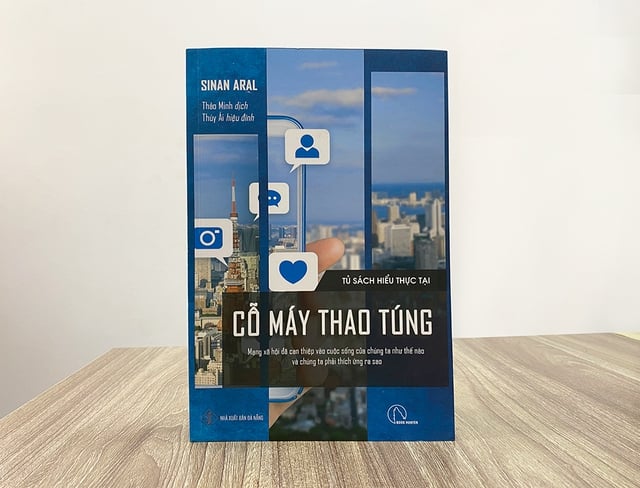
The book exposes how technology influences our choices and thoughts every day.
PHOTO: ND
Specifically, social networks act as platforms that shape the flow of information; machine intelligence is the algorithms that analyze data and decide who to recommend as friends and what information to bring to us in the newsfeed; and smartphones create an "always-on" environment so that the manipulating machine can continuously update user data in real time.
The allure of fake news
We live in an age of misinformation, fueled by the manipulation machine. Fake news is a lucrative industry. Fake news sites in the US earned $200 million in advertising revenue in 2019 alone – and that was six years ago.
Why are people so easily fooled by fake news? Through research, Sinan Aral and his colleagues found that: False information contains more "novelty" elements than real news. It is the novelty that motivates many people to "share" fake news, because by doing so they will feel like "insiders", people with the earliest access to "inside information".
In the world , the spread of fake news has become a very sophisticated system, including systematic campaigns using a series of "bots" - fake accounts to spread fake news. These "bots" have profile pictures, post status lines that look like real people, and blend into our friends list. When fake news has appeared enough thanks to the amplification bots, it is our turn to share this news, because people tend to be persuaded by misinformation if exposed to it continuously.
The book also points out that the manipulation machine makes people become "hyper-socialized" and gradually lose personal autonomy in their choices.
We are more easily influenced by those around us than ever before. For example, we may ignore a restaurant that frequently advertises on social media, but when we see many friends "check-in" to dine there, we are more likely to want to experience it too. Similarly, when we see friends exercising , doing charity work, buying something..., we will also be stimulated to do the same actions to "keep up with friends".
The author calls this the peer effect - people tend to be influenced by the social media behavior of those around them. Businesses take advantage of the peer effect to sell products, indirectly changing the way consumers think and act.
The manipulation machine has opened up new opportunities for digital marketing by allowing us to manipulate the masses in a personalized way. Whereas in the past, TV advertising could only broadcast a single message to millions of people at the same time, now the internet and social media allow companies to interact with consumers on a personalized level at scale. Every message sent to us is personalized based on our daily browsing behavior and preferences.
Digital marketing is the backbone of the “attention economy,” where whoever gets the attention of the most people wins. Views, shares, and followers can be converted into money. This is also how “influencer marketing” works.
Escape from the "matrix"
How to avoid falling into the "matrix" trap of the manipulation machine? Sinan Aral believes that technological innovations still bring certain benefits to humanity, but the difficulty is to prevent their potential harm.
He suggested that companies should have more features to label fake news, and that the government should also issue basic policies to control social networks. On the user side, there should be programs to educate people of all ages to understand the benefits and harms of social networks, increasing the ability to distinguish and identify false information.
However, that is just a theory. The author admits that controlling the influence of social networks is not as simple as we think. Some European countries have enacted laws restricting data access to prevent social networks from using people's data to run advertisements, but then the effectiveness of advertising has decreased sharply, and companies sell products and services worse than before. Therefore, reducing the influence of the manipulation machine is still an unsolved problem.
Throughout the book, every argument Sinan Aral makes is supported by citing specific data and research results, which is both a strength and a weakness in his writing style. Explaining data and tables for each argument unintentionally makes the book's content unnecessarily lengthy.
Sometimes the author spends too much time proving a point that is now taken for granted. For example, the fact that advertising and sales have increased dramatically since the advent of social media is a well-known fact and does not need to be proven with too many complicated statistical charts.
However, the information that Sinan Aral provides in the book is still very useful and helps readers have an overview of the manipulation machine as well as how the digital marketing industry and the fake news spreading system work, so that each person can map out a suitable adaptation strategy in an increasingly digital world.

Source: https://thanhnien.vn/sach-hay-mang-xa-hoi-da-am-tham-thao-tung-chung-ta-ra-sao-185251107212650963.htm




![[Photo] "Ship graveyard" on Xuan Dai Bay](https://vphoto.vietnam.vn/thumb/1200x675/vietnam/resource/IMAGE/2025/11/08/1762577162805_ndo_br_tb5-jpg.webp)



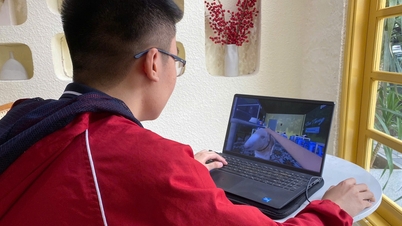



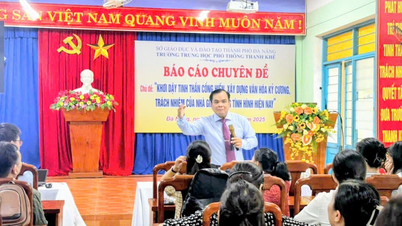


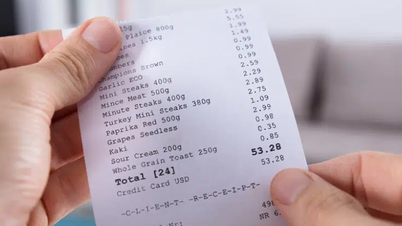




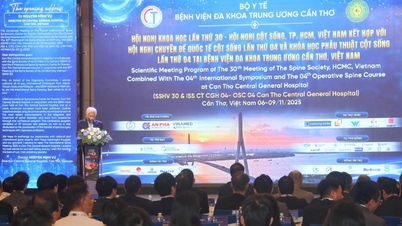

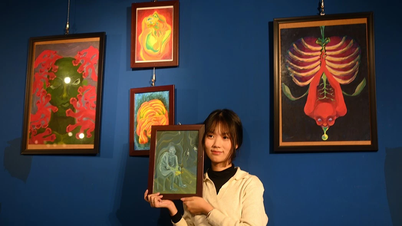


















![[Video] Hue Monuments reopen to welcome visitors](https://vphoto.vietnam.vn/thumb/402x226/vietnam/resource/IMAGE/2025/11/05/1762301089171_dung01-05-43-09still013-jpg.webp)









































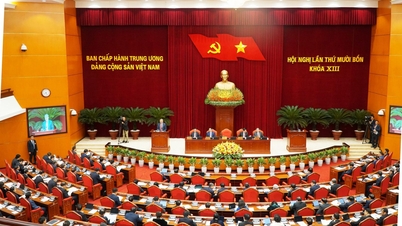


























Comment (0)